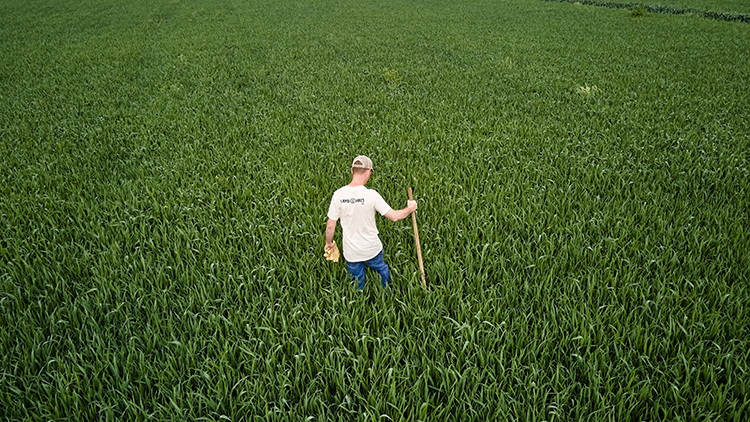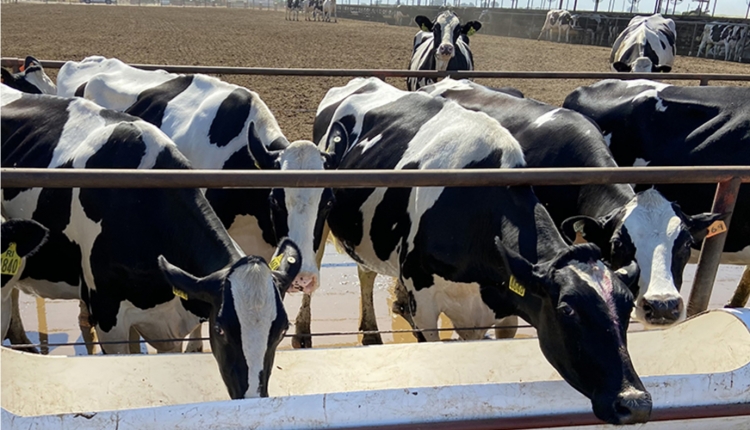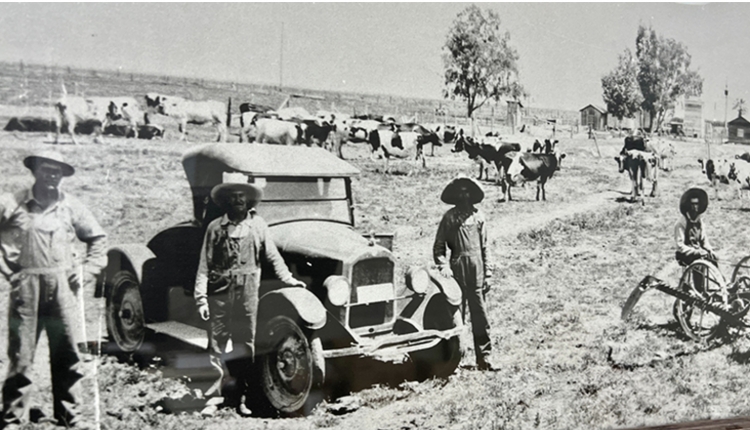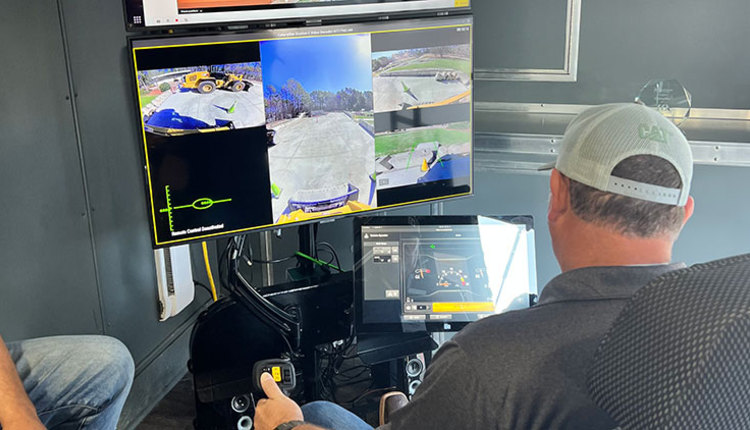
Is drip irrigation the reason California is running out of water? I had that question posed to me the other day and it has stuck with me ever since.
Water in California is getting more and more scarce, and everyone is starting to point fingers, blaming and criticizing neighbors for being the cause of the drought. It has been apparent, as of late, that as the water scarcity conversation rises to the surface, people want to simply blame one thing and not look at the whole picture.
To fully understand where we are going, it is important to remember where we came from. For this conversation, let’s go back 150 years, back when times were simple, but the work was hard. The San Joaquin Valley was a beautiful place with a bounty of fertile land and flowing water. There was so much water that the valley floor would flood in some areas, causing a nuisance for those that lived in those flood zones. Today we do not have those problems. We have upgraded our waterways to transport water more efficiently to where it needs to go. However, this is definitely one of those great things that turned into a problem.
When the water was free to go where it wanted to naturally, the natural flooding gave prosperity to those areas and brought about crops for man and animal. However, once water is in a canal, it can now be diverted to whomever has the biggest check book or political swing. In the last decade, we all learned how amazing the non-native fish’s attorneys are at sending fresh water out to the ocean. With that said, there is more to it than just water being used for fish.
California’s water infrastructure has not been upgraded since the days of Roosevelt, yet the population has increased by over 38 million people. Our water infrastructure was not designed to support that type of growth, nor was it built to withstand the 42.5 million people projected to inhabit California by the year 2025. People cost the state water. Not only do people want water for the basic necessities in their homes including toilets, showers, and sinks, but most people have what is known as the largest wasted crop in California: a lawn.
Aside from that, each person requires food to eat and water to drink, and none of that comes out of thin air. Water is the foundation of all foods. People are growing and manufacturing food right now, in different stages of production or manufacturing, that has not hit anyone’s table yet. But water is held up in food destined for shelves before being released back into our ecosystem.
The big story is how the San Joaquin Valley is a desert, and we all should never have settled in a desert, but that is the farthest thing from the truth. We used to have an abundance of water and clean air. We used to have great crops that were affordable to feed to cattle, but those days are gone. Those days are gone for much more than one reason.
California dairy farms are about to face some of the hardest years to date. With record setting forage prices, scarce to nonexistent water, a political environment that is against them, and milk prices that could crash at any moment, the future of many California dairies are in jeopardy.
There is much more to this water story, but the main takeaway is this: There is not one person, industry, city, technology, or politician to blame. This has been coming for a long time and many people did not, and do not, see where our current path leads. A big thank you for our water warriors out there fighting the good fight, protecting the rights of the people, the farms, and the environment; we would be worse off without you. Keep California dairy families in your prayers, as there are going to be a lot of hard decisions to be made.

Tyler Ribeiro is a fourth-generation dairy farmer born and raised in California. He is currently partners with his father at Rib-Arrow Dairy in Tulare where they proudly ship their milk to Land O’Lakes. Tyler is actively involved in the dairy industry, holding leadership roles in various organizations locally and across the United States.








